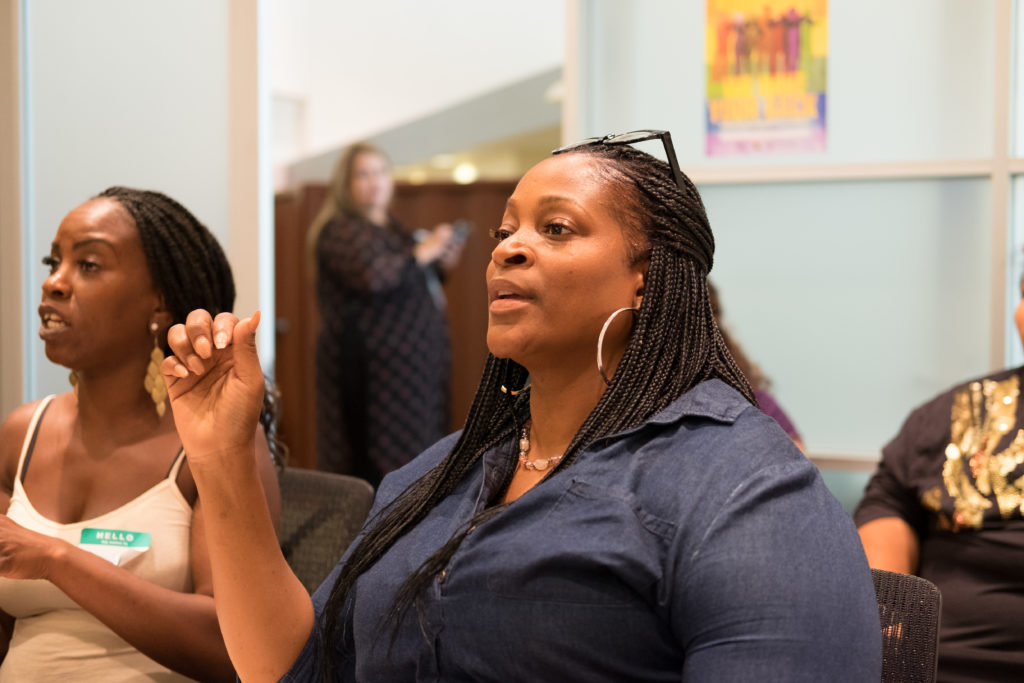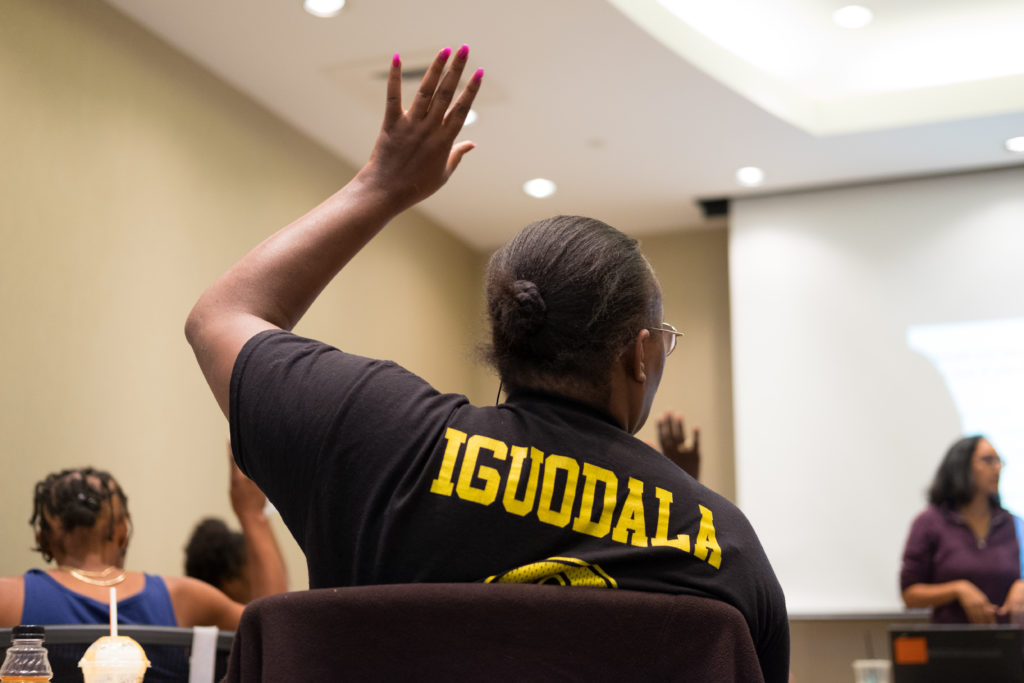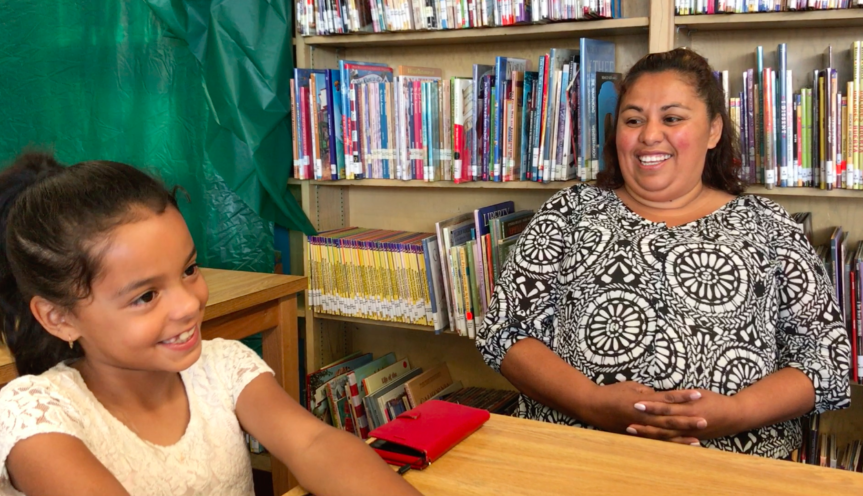When it comes to communicating with their child’s teacher, most parents want the same thing: to understand what their child is learning in school and how they can support their education when they’re at home. Most parents would say they want that information directly from their child’s teacher.
Depending on the school, channels of communication between parents and teachers are often open, but it typically becomes much more difficult and complicated when parents don’t speak English. In the Oakland Unified School District, that covers most families. That’s why Family Engagement Lab created FASTalk (Families and Schools Talk), a tool that bridges the gap and helps teachers and parents who don’t speak the same language communicate.
More than half (50.7 percent) of OUSD students speak a language other than English at home. There are 57 non-English native languages spoken by OUSD students. One-third of OUSD students (33.2 percent) speak Spanish, while 4 percent speak Cantonese, 3.6 percent speak Mam, 2.4 percent speak Arabic, and 2.1 percent speak Vietnamese.
“Linguistic diversity is a particularly difficult barrier for families and teachers to bridge, particularly in terms of academic collaboration,” said Vidya Sundaram, the co-founder and CEO of Family Engagement Lab. “If the parent and teacher don’t speak the same language, families weren’t getting information directly from the source they most wanted that information from.”

To support learning at home, FASTalk helps families receive activities weekly that are aligned to the curriculum their child is learning in school, and teachers and parents can communicate via text message.
FASTalk launched in OUSD in 2016 with a pilot for 8 schools and 141 families, and has grown every year since. During the 2019-20 school year, FASTalk was in 33 Oakland public schools and engaged 2,897 families from Transitional Kindergarten through second grade.
After the pilot, FASTalk pivoted to include more targeted resources for families to support literacy skills at home. Sundaram said that after the pilot, the OUSD research department communicated that there is a great need for families to better understand their child’s ELA development.
The pivot has helped more students succeed, particularly those furthest behind. In a 2019 study, FASTalk students who recognized less than 25 percent of letter names during the Fall semester were four times more likely to meet OUSD’s midyear literacy benchmark than non-FASTalk students.
When classroom learning shut down during COVID-19, the need for parents to support their child’s learning only increased. There were also numerous complications that arise in a district where many families lack both a computer and access to the internet at home. Because of how FASTalk is structured, Family Engagement Lab was uniquely positioned to help.

“We had this expertise in two areas: bringing learning information to parents in a way that parents can understand and is practical for busy parents,” Sundaram said. “And the other thing we have is this technology capability to text parents. It doesn’t require WiFi or devices that families don’t have.”
Without much time to act, Family Engagement Lab partnered with OUSD to quickly increase the FASTalk service to communicate with families directly from the district. The new service is called FASTalk Direct.
“Within a two-week period, we had figured out with the district how we could provide all families with key information to support literacy development, as well as social and emotional skills, via text message,” Sundaram said.
For the remaining 8 weeks of the school year, families received messages from the district in nine different languages. Sundaram said OUSD’s enrollment for preschool through 5th grade is about 20,000 students, and FASTalk Direct reached the families of 18,265 students with learning activities.
The numbers of parents engaging in FASTalk also jumped during the first week of closures. Parents sent 695 messages to teachers during that week, more than double the average number of messages sent (330) in 2020 before that.
Sundaram said that the pre-pandemic plan was to increase FASTalk to serve 7,000 families for the 2020-21 school year, but because of the increased importance and use of distance learning Family Engagement Lab and OUSD are discussing how they can use FASTalk to serve more families.
“Because of our demonstration across Pre-K through grade 5, there is an interest in seeing how we can expand it,” Sundaram said.

